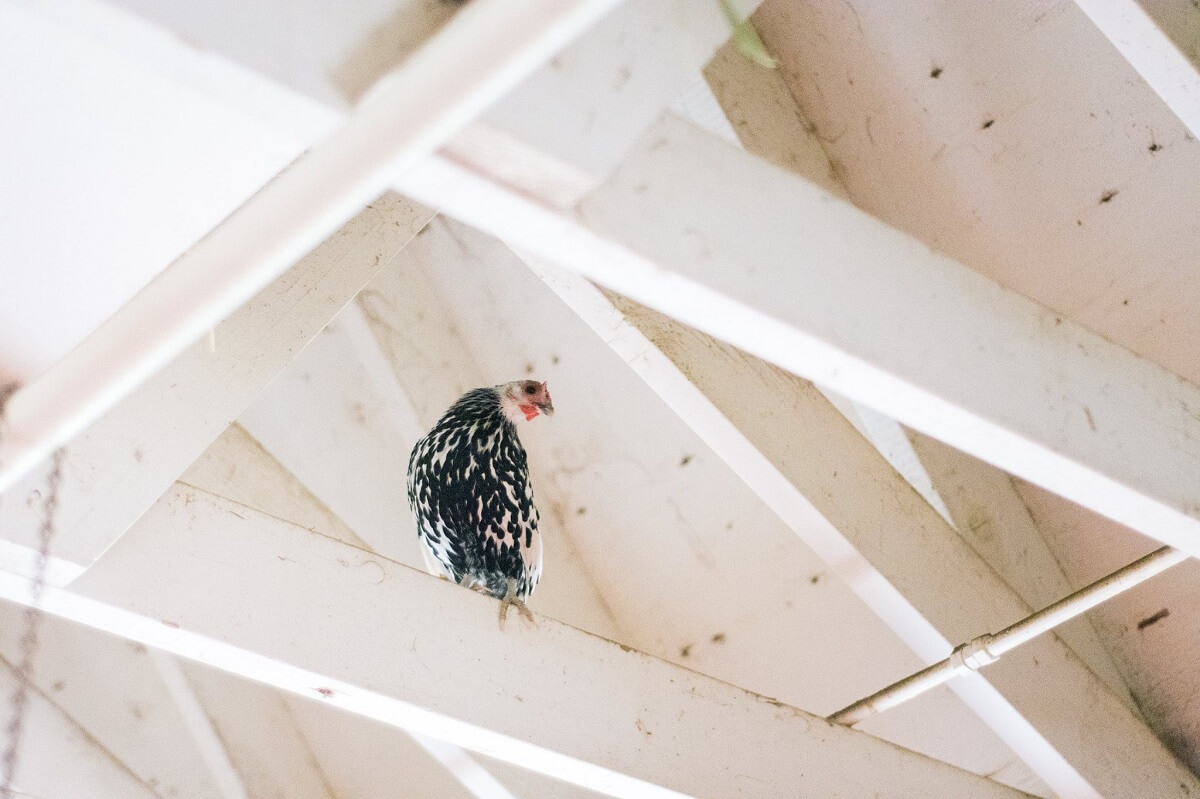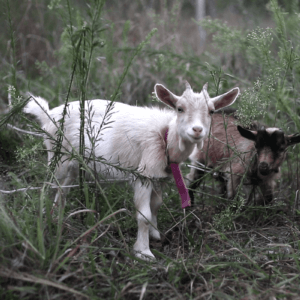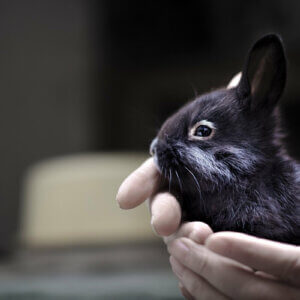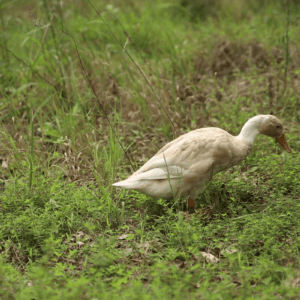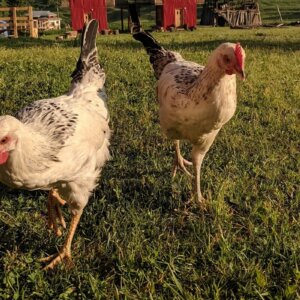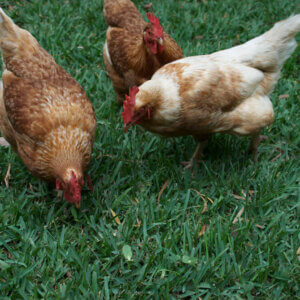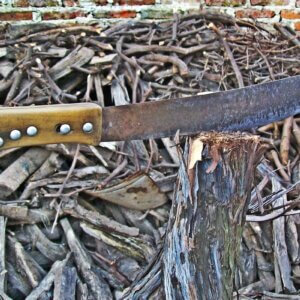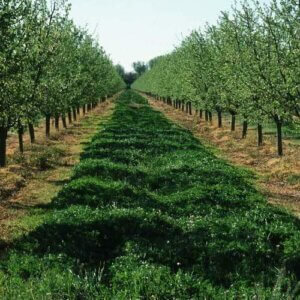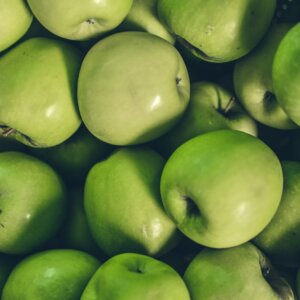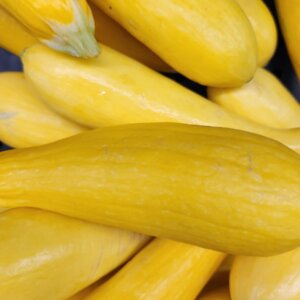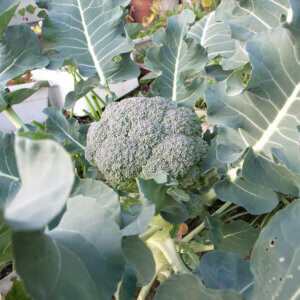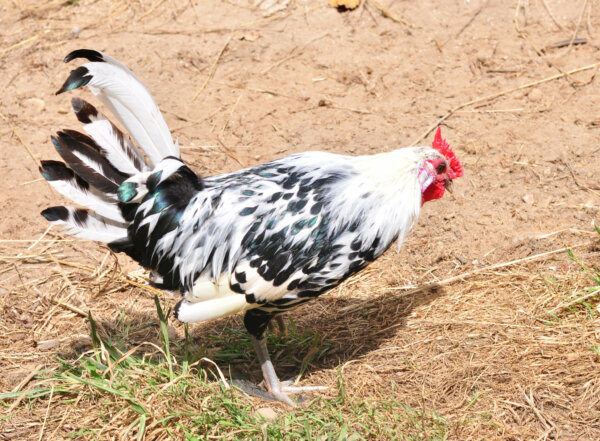
- Purpose: Layer
- Eggs: Glossy White
- Egg Size: Small
- Color: Brown, Black, White
- Comb Type: Rose
With a striking carriage and almost a dozen color variations, including the Dalmatian-Esque Silver Spangled Variety, the Hamburg is a challenging chicken that will certainly give you a lot to look at and a lot to talk about. Though they are long-term producers of eggs, they are also a beautiful exhibition chicken as well!
If you’re looking to keep all your chickens where you can see them, Hamburgs are not the birds for you. Flighty, excellent at flying, easily startled by humans, and prone to roosting high up in whatever trees they can reach, these chickens do not tolerate confinement. Though this may make them excellent at avoiding predators, it may have you tearing your hair out trying to put your birds in for the night.
Their jumpy natures do not make them personable chickens, and even though they can be quite long-lived, they would make a pet that you would only look at, not cuddle! With such strong wills to do what they want, these chickens are not ideal for the beginner. If you do want to try your hand at them, the bantam variation may be easier to handle due to its small size.
Characteristics
Independent, and with a cold-hardy rose comb, these chickens are tough through the winter. They also are quick to mature, with pullets starting to lay as early as 5 months old. These sprightly, spirited birds prefer to free-range for their food as well. With smaller bodies and a preference for wild food over grain, they are certainly an economical choice for the homesteader or farmer looking to cut feed costs.
What’s The Yield?
Though you can eat any chicken, this is not a popular meat bird. Hens are a petite 4 pounds, and roosters grow to 5 pounds. In addition to its small size, its bones are dark and its skin is gray. Some consumers find this to look unsightly and unappetizing on a plate.
The value of these birds is not in their flesh, however, but in their economical egg production! Sometimes called “everlayers,” these birds are prolific producers of small, glossy white eggs. You can expect at least 4 a week.
Additionally, they lay eggs throughout the year for years at a time, so even though there may be birds who produce more during the summer months, these hens may top the charts in terms of overall production.
The Rooster Responsible For Poultry Shows?
Despite the German-sounding name, these birds are believed to have been developed in Holland. They are a centuries-old breed that was once believed to have been a hybrid between farm chickens and pheasants.
Their claims to fame include being suspected as the breed of the famed Chanticleer of the Canterbury Tales, a favorite of Frank L. Baum and potentially the originator of chicken exhibitions. An 1800’s pub contest in England over whose rooster was the most magnificent led to the first-ever showing of poultry–Hamburg roosters, to be precise!
Pictures Of Hamburg Chickens
Resources
- Hamburgh / Hamburg Chickens, The Poultry Guide
- Hamburgs Or Hamburghs, Feathersite
- Hamburg Chickens: The Turkish Breed, Raising Chickens
- Best Chicken Breeds for Eggs, Meat and Dual Purpose Varieties, Countryfarm Lifestyles
- Hamburg, Henderson’s Handy Dandy Chicken Chart
- Hamburgs, Dare 2 Dream Farms
- Hamburg, My Pet Chicken
- Hamburg Chicken, The Livestock Conservancy
- Poultry Breeds – Hamburg Chickens, Oklahoma State University
- Hamburg: Breed Profile, Backyard Chicken Coops
- Hamburg Chicken, Roy’s Farm
- 10 Breeds of Chicken That Will Lay Lots of Eggs for You, The Happy Chicken Coop
- Hamburg Chicken, Right Pet

